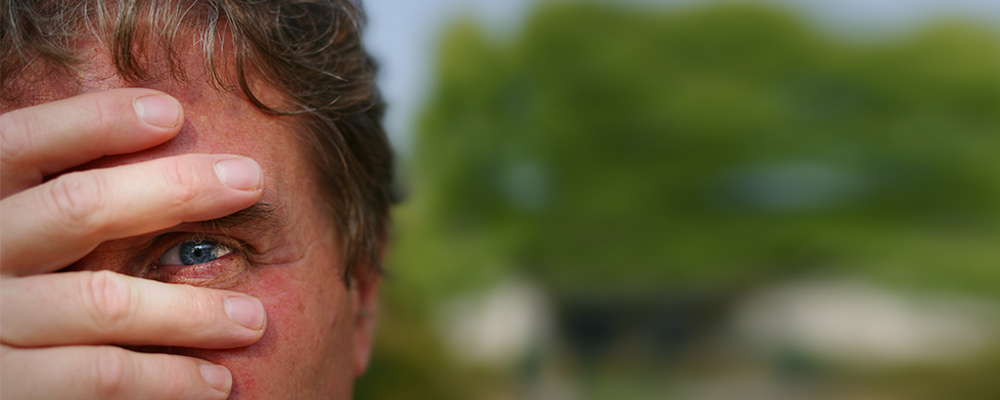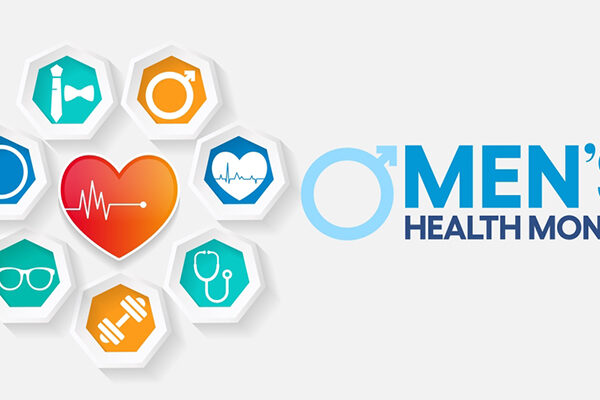Updated on August 21, 2023
What is High Cholesterol?
High cholesterol or hypercholesterolemia refers to the extra deposits of fats in the blood. It is mainly caused by poor dietary habits, a sedentary lifestyle, or it could just be hereditary. High cholesterol levels in the blood can be dangerous and may lead to cardiovascular issues. Despite the complications caused by high cholesterol, the appropriate levels of cholesterol in the blood play a vital role in the proper functioning of the body and help in the synthesis of vitamins and various hormones.
Read on to learn more about the signs of high cholesterol on face and how to manage the symptoms.
Causes of High Cholesterol
Cholesterol travels through the bloodstream coupled with proteins. A lipoprotein is a mix of proteins and cholesterol. There are many types of cholesterol depending on what lipoprotein transports, they are as follows:
- LDL: LDL stands for low-density lipoprotein. LDL cholesterol, also known as “bad” cholesterol, transports cholesterol particles throughout the body. LDL cholesterol accumulates in the walls of the arteries, hardening and narrowing them.
- HDL: HDL stands for high-density lipoprotein. HDL, or “good” cholesterol. These carry extra cholesterol from different parts of the body and transport it to your liver.
Various medical conditions can cause disruption in cholesterol levels. These include:
- Diabetes
- Chronic kidney disease
- Hypothyroidism
- Lupus
Risk Factors for Signs of High Cholesterol on Face
Factors that play a role in increasing the risk of high cholesterol include:
- Unhealthy diet: Consuming saturated fats or trans fats can lead to unhealthy cholesterol levels.
- Lack of exercise: Having a healthy exercise routine helps to boost HDL or good cholesterol levels.
- Obesity: A BMI of more than 30 puts one at risk of increased cholesterol levels.
- Smoking: It is considered to lower HDL or good cholesterol levels.
- Age: Age is also one of the risk factors for increased cholesterol levels as with age the liver starts to lose its ability to remove LDL or bad cholesterol from the body.
High Cholesterol on Face: How Does it Present?
High cholesterol might occasionally cause symptoms on the face that are indicative of the condition. Some of the common symptoms include:
- Xanthelasmas: Xanthomas are the buildup of cholesterol deposits under the skin. They appear either as small bumps, or nodules. Xanthomas that develop under the eyes are called xanthelasmas palpebrarum. They may appear on the upper or lower eyelids or the corner of the eyes. These are recognized as one of the major signs of high cholesterol on face.
- Corneal Arcus: Another major sign of high cholesterol on face is corneal arcus. This is a grayish-white ring surrounding the eye. It mostly develops in people with a family history of hypercholesteremia
Other Manifestations of High Cholesterol
- Lichen Planus: Although lichen planus is a common itchy rash on the skin, researchers have linked it with high cholesterol.
- Psoriasis: It is an immune-mediated condition that causes scaly, thick patches on the skin. It is thought that high cholesterol levels may trigger the IL-17A gene which can cause a buildup of keratinocytes.
- Eruptive Xanthomas: It is a rare condition that may cause bumps on the skin due to high cholesterol levels. Eruptive xanthomas present as pink, reddish, or yellow bumps on the elbows, hands, and knees.
Steps to Manage Signs of High Cholesterol on Face
-
Healthy Diet:
Adopting a heart-healthy diet can aid cholesterol management. Increase the intake of foods that are low in saturated and trans fats. Increase your intake of fruits, vegetables, whole grains, lean proteins, and healthy fats like olive oil, nuts, and avocados.
-
Exercise:
Regular physical activity can help raise “good” HDL cholesterol levels while lowering “bad” LDL cholesterol levels. Each week, try to get at least 2 and a half hours of moderate-intensity aerobic activity or 75 minutes of high intensity activity.
-
Maintain a Healthy Weight:
If necessary, losing excess weight helps improve cholesterol levels and overall health. Diet and exercise-based weight loss can help decrease LDL cholesterol and triglycerides.
-
Limit Alcohol Consumption:
Excessive alcohol consumption can elevate cholesterol levels and lead to heart diseases.
-
Quit Smoking:
Smoking is responsible for damaging blood vessels and can lead to high cholesterol levels and cardiovascular complications.
-
Medications:
In some instances, lifestyle adjustments may not be enough to control high cholesterol. To assist in lowering your blood cholesterol levels, your doctor may prescribe medicine such as statins. It is critical to take drugs exactly as prescribed and to discuss any concerns or side effects with your doctor.
-
Regular Checkups:
It is critical to schedule regular follow-up meetings with your healthcare practitioner in order to evaluate your cholesterol levels and overall health. Based on your progress, they may modify your treatment plan as needed.
-
Manage Stress:
Chronic stress can indirectly affect cholesterol levels by promoting unhealthy behaviors such as overeating and lack of exercise. Stress management practices such as meditation, yoga, and deep breathing can be effective.
-
Increase Water Intake:
Water is crucial for general wellness. While being hydrated does not directly affect cholesterol levels, it is crucial for keeping your body healthy.
A Word from Revival
Revival Research is committed to advancing medicine and transforming lives. We have conducted multiple cardiology clinical trials including AFib, Hypertension, Acute Myocardial Infarction, and Atherosclerotic Cardiovascular Disease (ASCVD). Our ASCVD clinical trials are focused on helping patients manage their cholesterol symptoms and make informed choices regarding their health.
Visit to learn more about clinical research in cardiology.
Conclusion
To summarize, if not treated promptly, elevated cholesterol, commonly known as hypercholesterolemia, can be a deadly medical condition. It can lead to strokes, heart attacks, and signs of high cholesterol on face. It is vital to monitor your symptoms and contact a medical practitioner to preserve optimal health. Changes in lifestyle, such as a healthy diet, exercise, and quitting smoking, can significantly improve symptoms.





